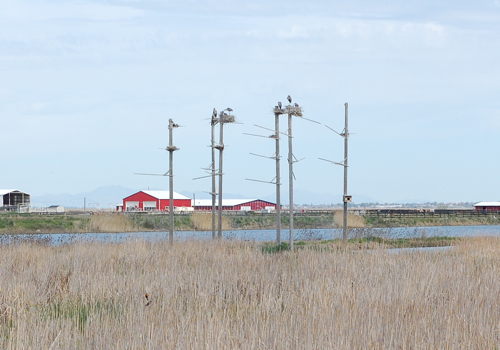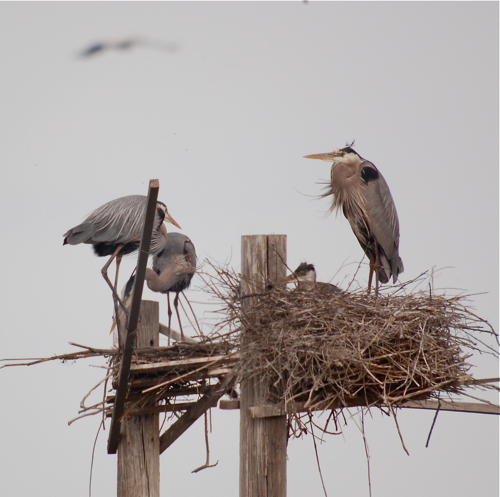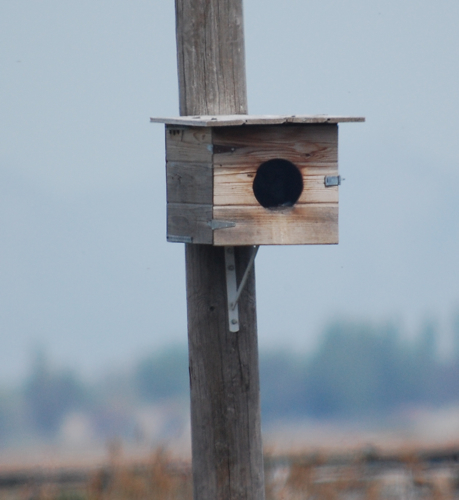On Monday, a bird call woke me from my sleep. Half asleep I thought, "Why is a robin singing with a cardinal type whistle note?" Something didn't add up. I rolled over and pressed nose to the screen trying to wake up and figure it out. This is not a sound I hear in my Minneapolis neighborhood...so different...so familiar...what does it sound like?
I went to the bathroom and it sounded as though the bird were right outside the window. I stepped over the tub to the window and pished...then saw it--a Carolina wren! Rare for Minnesota and no wonder I couldn't place it in my half awake state. I stream of profanity let loose from my mouth as I tried to figure out how best to document it. My bedroom and bathroom are both the worst for digiscoping. I dashed to my camera. All my noise woke up Non Birding Bill and he asked drowsily, "Wait, what is it, what's wrong?"

This is not the Carolina wren outside my window, this is one that I took a picture of one in Cape May, NJ. But you get the idea of how distinctive they look.
"Carolina wren outside our window, not supposed to be here," I said searching for an SD card for my camera. By the time I got it, I came into the bedroom to find NBB upright in bed and aiming his iPhone to our window where the bird feeders are. Here's the video he got (you can't see the wren, it's perched just above the feeder, but you can hear it):
[youtube]http://www.youtube.com/watch?v=QQEuDWTiPQ0[/youtube]
Alas, the wren flew off before I could get any kind of photo. I posted the news to my Twitter and Facebook account and then got a couple of messages from local birders telling me that they have either never seen one or at least not in Minnesota and could I let them know if it comes back...panic set in.
The bedroom is by far the MESSIEST room in my apartment--it is the land of laundry and books and the occasional computer part NBB is playing with. I mean, I look at our apartment as a place to sleep between birding trips, not a display of indoor decorating. I can live with people seeing that chaos, but the bedroom? Yikes! Worse yet, there's a whole host of embarrassing things in there. I can't have people in my apartment...at least not the bedroom. The bedroom window is the only window my apartment building allows me to have feeders, the other windows face a paring area and people don't like seed shells and bird poop on their cars, so it's not like I can move the feeders.
Mercifully, the Carolina wren has not returned but I'm still a bit stressed that it could at any moment...

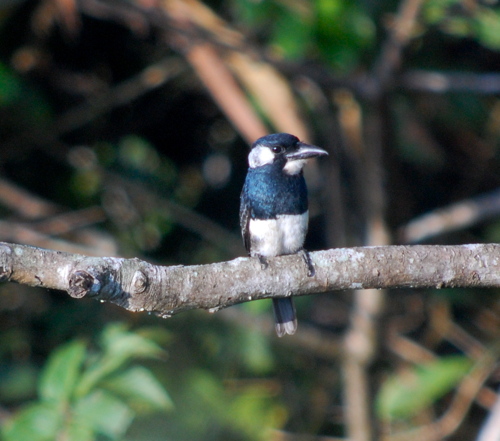





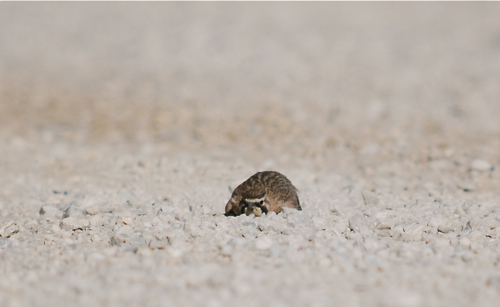 No, Mr. Horned Lark, I can't see you at all. Really.
No, Mr. Horned Lark, I can't see you at all. Really.